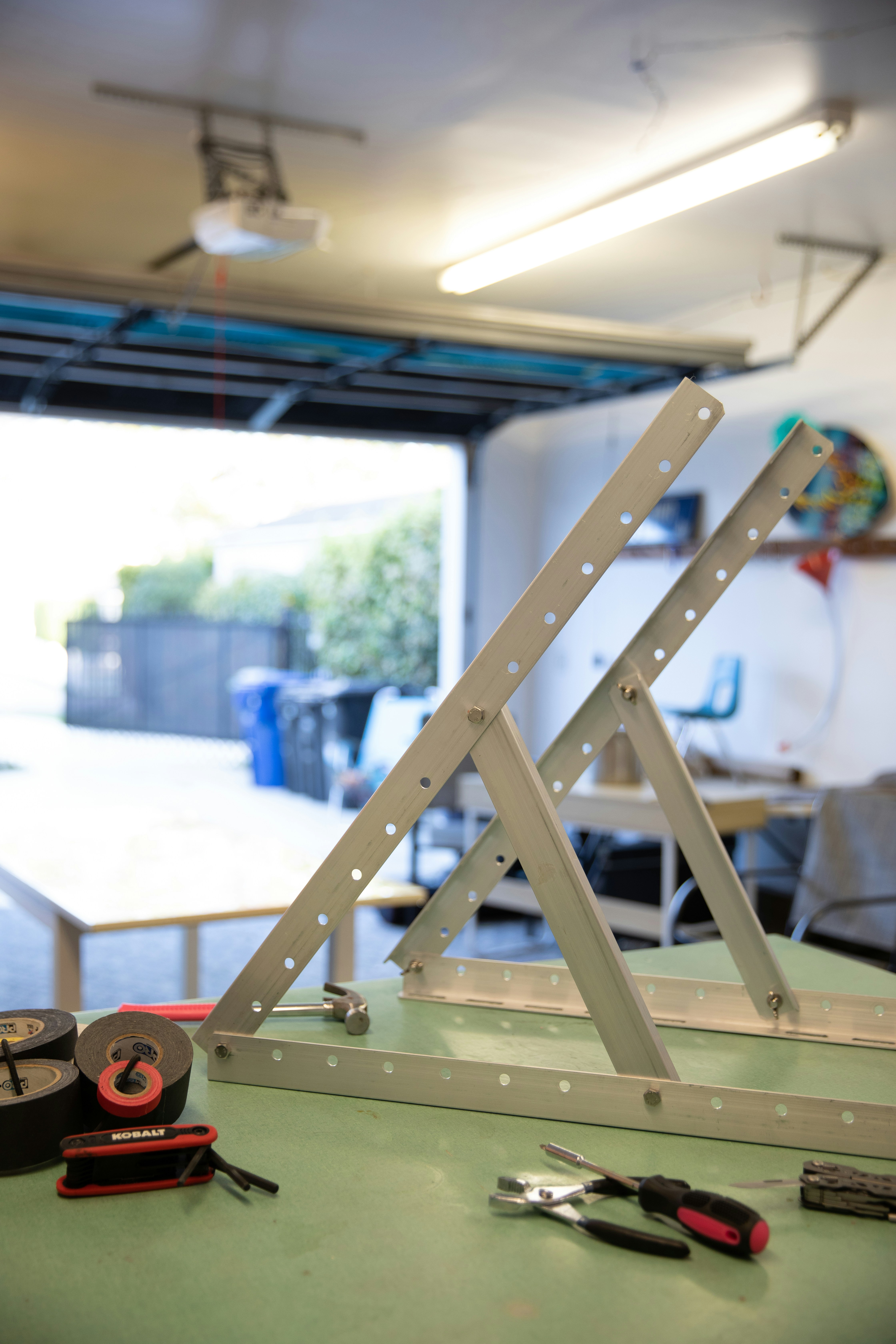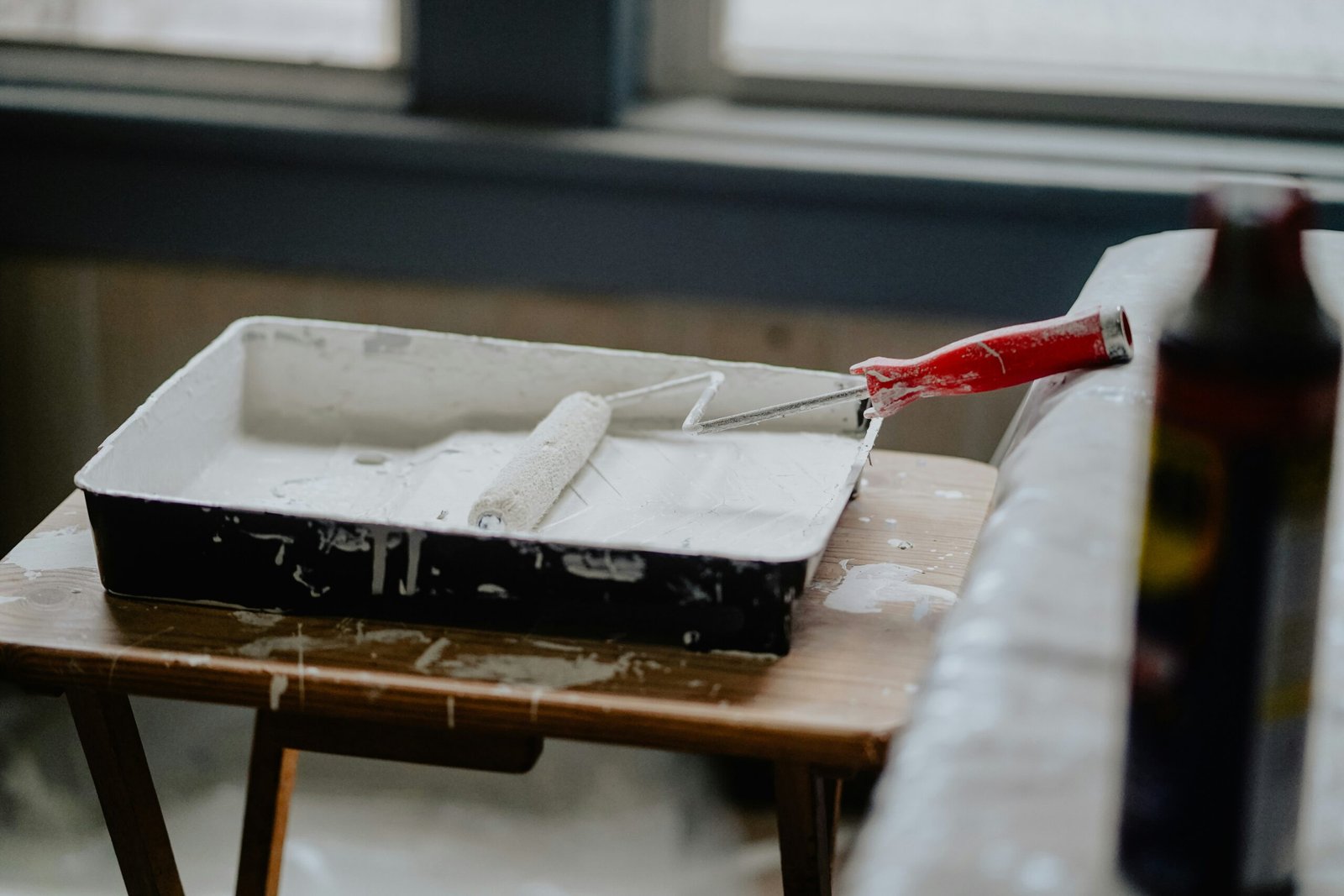The Vision: Planning Your Workshop Space
Transforming a garage into a workshop requires thoughtful planning and a clear vision to ensure the end result meets both functional and aesthetic needs. My inspiration stemmed from the desire to have a dedicated space for pursuing various woodworking and DIY projects during the fall months. With the onset of cooler weather, the garage presented an opportunity to create a warm and inviting retreat for crafting and creativity.
Establishing a vision begins by identifying the specific projects intended for completion in this new workshop space. By outlining the types of tasks I wanted to pursue, from furniture repairs to intricate woodworking, I was able to tailor the planning process around these ambitions. Subsequently, I created a comprehensive checklist of the tools and materials required for these projects. This exercise not only clarified what I needed to invest in but also helped gauge the overall workspace design necessary to accommodate these items.
Measuring the garage dimensions was another crucial step in the planning process. By accurately evaluating the space, I could devise an optimal layout that would facilitate ease of movement and function. I prioritized creating designated zones for tools, projects in progress, and storage, which would prevent clutter and promote an organized workflow. Choosing a design style that reflects my personality while maximizing functionality was also essential. I opted for a rustic-chic look that fosters creativity while incorporating ample storage solutions and work surfaces.
Ultimately, the journey of transforming my garage into a workshop was driven by a well-defined vision. This thoughtful planning ensures that the final product mirrors both the functional requirements of a workshop and my personal style, allowing for a truly enjoyable crafting experience as I embrace the fall season.
Decluttering and Organizing: Clearing the Space
Embarking on the journey to transform my garage into a fall workshop required a significant commitment to decluttering and organizing the existing space. The first step involved sorting through various tools and materials accumulated over the years. This task demanded a systematic approach to ensure that I effectively identified what was necessary, what could be donated, and what needed to be discarded.
I began by categorizing items into groups based on their function. Tools were placed together, while paints, stains, and other materials were sorted into separate containers. This initial sorting made it easier to assess the usability and condition of each item. For tools that were seldom used or in poor condition, I decided to discard them responsibly, while others were set aside for donation to local community centers or those who could benefit from them.
After the initial purge, the next phase was to implement effective organization solutions. I focused on creating designated zones within the garage for different types of projects, such as woodworking, painting, and gardening. To facilitate this, I invested in shelving units and pegboards, allowing me to store tools and supplies visibly and accessibly. This layout not only freed up much-needed floor space but also enhanced workflow efficiency, reducing the time spent searching for materials.
Maintaining a user-friendly and efficient environment is crucial, especially as fall DIY activities ramp up. By organizing the garage into specific zones tailored to various types of projects, I ensured that everything had its place. This clarity allows for smoother transitions between tasks and fosters an atmosphere conducive to creativity in my newly established workshop.
Setting Up the Workshop: Tools and Layout
Creating a functional workshop in the garage is a rewarding task that not only enhances productivity but also inspires creativity. To begin with, an organized layout is crucial for effective workflow. Start by assessing the available space and determining how to maximize it. A solid workbench should be the central feature of your workshop, providing a stable surface for various projects. Opt for a bench that is large enough to accommodate your intended tasks, whether it’s woodworking, crafting, or general repairs.
In choosing tools for your fall projects, essential items include a miter saw for precision cuts, a drill for versatile applications, and hand tools like screwdrivers and pliers for detailed work. Additionally, consider investing in a circular saw and a jigsaw, as these tools are helpful for tackling bigger projects, such as building outdoor furniture or crafting seasonal decorations. It may be beneficial to set up a dedicated area for tool storage, such as pegboards or tool chests where you can neatly display and organize your equipment.
Moreover, the incorporation of adequate lighting in your workshop cannot be understated. Proper lighting not only enhances visibility but also contributes to a warm atmosphere that can motivate you during long working sessions. Consider installing bright LED lights overhead and adding task lights to your workbench to illuminate specific areas. For aesthetics, adding plants or decorative elements can add a personal touch to your workspace, fostering a more enjoyable environment.
Ultimately, the goal is to create a workshop where functionality meets inspiration. Thoughtful planning and organization can turn your garage into a fall workshop wonderland, making it an inviting space where ideas can flourish and projects come to life.
Fall Projects to Ignite Your Creativity
As the leaves change and the air turns crisp, fall presents a unique opportunity to engage in creative projects that enhance your living space and express your individual style. Transforming your garage into a workshop allows for a myriad of possibilities that can be enjoyable, rewarding, and fulfilling. Here, I have curated a thoughtful list of fall projects that cater to varying skill levels and interests, ensuring that there is something for everyone.
One idea is to create seasonal decorations, such as handmade wreaths or festive centerpieces that celebrate the spirit of autumn. Utilizing materials like dried leaves, pinecones, and burlap can add a rustic charm to your decor. Beginners might consider making simple garlands, while those with more experience might delve into more complex arrangements that incorporate various crafting techniques.
Another popular project is furniture refurbishing. Consider refreshing an old chair or table with a fresh coat of paint, new upholstery, or even a creative decoupage technique. This not only gives your furniture a new life but also adds a personal touch to your home decor. Don’t hesitate to explore thrift stores or garage sales for pieces that are in need of some love.
Outdoor items are also an excellent avenue for project exploration during fall. Building birdhouses or assembling raised garden beds allows you to connect with nature while enhancing your outdoor space. These projects can easily be adapted to suit different experience levels, from simple wood kits for novices to more complex designs that challenge seasoned carpenters.
To maintain motivation while working on these projects, it is essential to set realistic goals and break down tasks into manageable steps. Celebrate small achievements along the way, and don’t hesitate to seek inspiration from online resources or local workshops. Embrace the fall season as a time for creativity, allowing your imagination to flourish in your transformed workshop wonderland.
If you’re interested in purchasing the item you seek, please click the link for additional details: #americanachoice.
https://amzn.to/3SBN3Oy
AFFILIATE DISCLOSURE: I am an affiliate for this company, I am not a paid employee.
I may receive a commission if you click a link on this page and choose to purchase something.
You can rest assured I will only share things I believe in and will be valuable to you.



